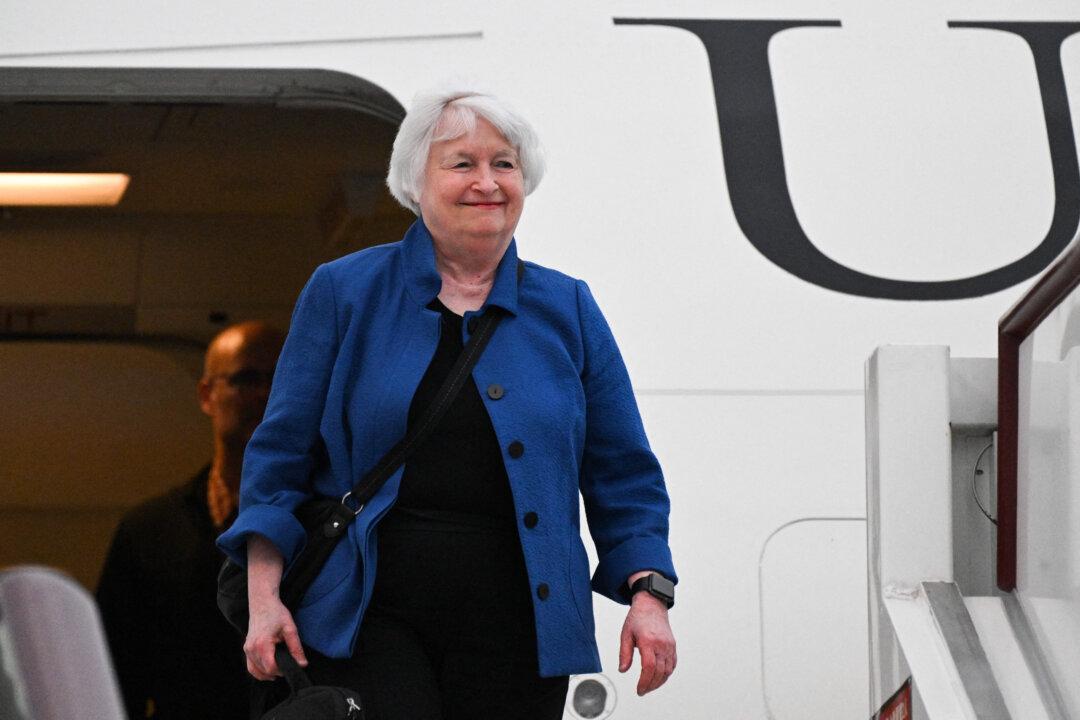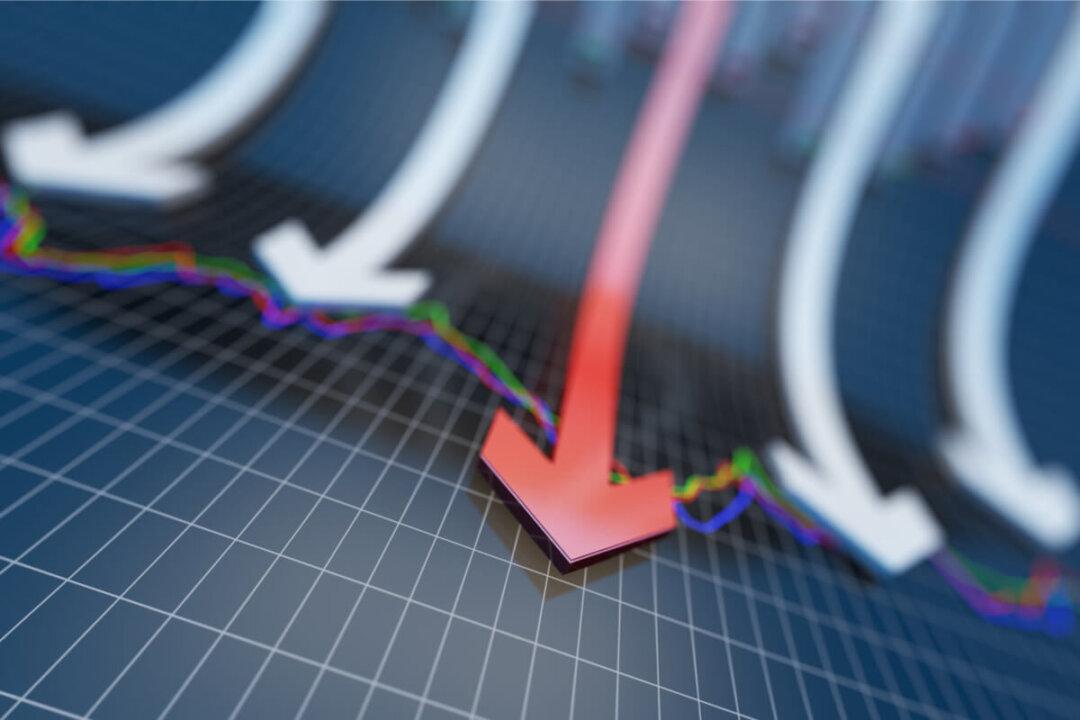Commentary
Janet Yellen’s China visit went with a clear agenda: Accusing China’s excess of capacity. As most can understand, the underlying accusation is China’s dumping, especially in several key areas, including electric cars and solar panels. These are the weaker areas for the U.S. (and also Europe), either lacking price competitiveness or being monopolized by China (China has lots of key patents in the products mentioned above). Objectively speaking, a few areas of trade cannot take up much of the total market share, and in fact, they only make up a single-digit level.





